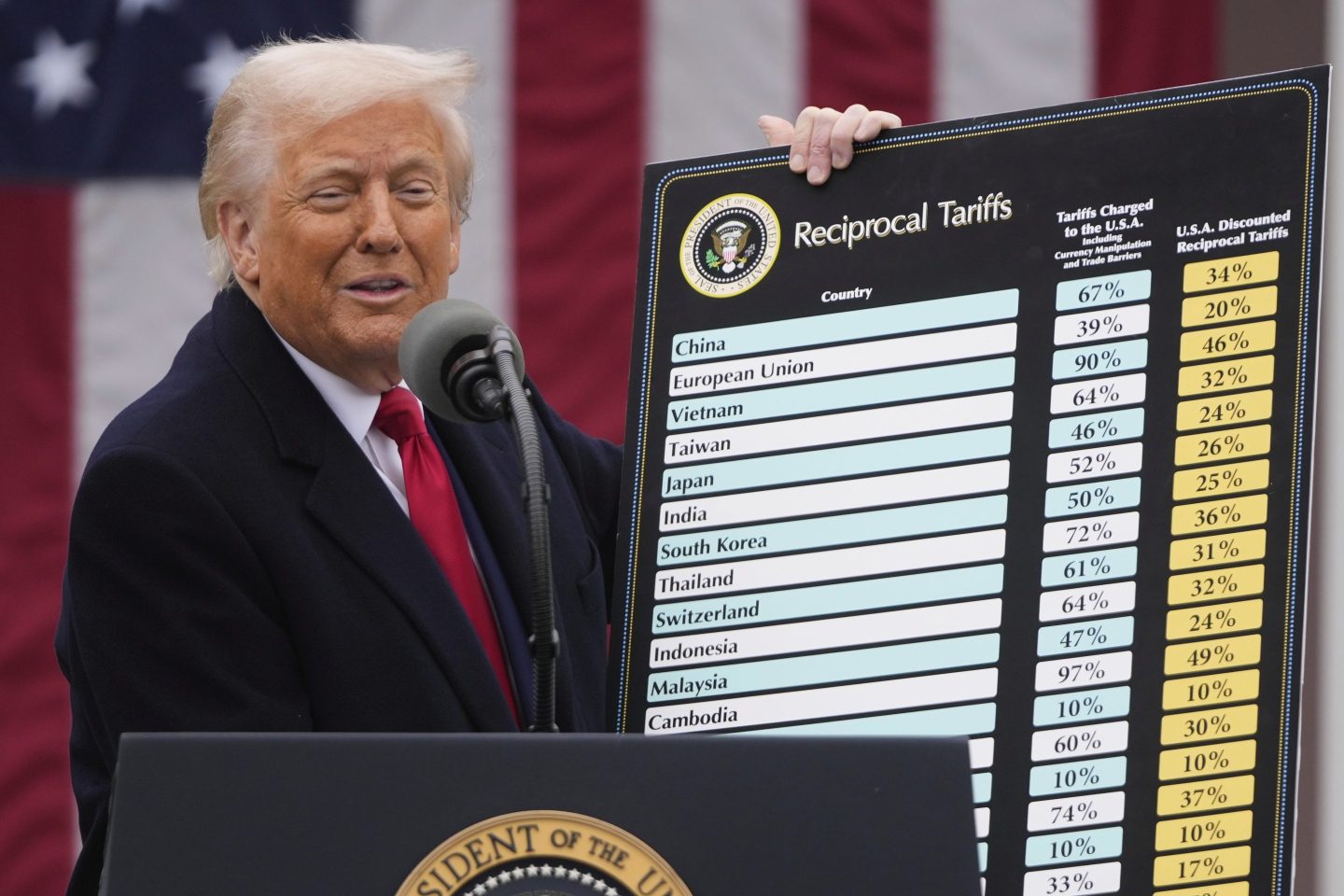US to Issue Tariff Ultimatums as August 1 Deadline Looms

The Trump administration is dialing up the pressure on America’s trading partners, preparing to send warning letters as early as Monday that higher tariffs could be unleashed on August 1 if new deals aren’t struck.
The move deepens the uncertainty for businesses and governments worldwide, who are caught in a high-stakes game of chicken. With a Wednesday deadline for negotiations looming, critical questions remain: Who will get a letter? Will the terms change? And will President Donald Trump, once again, pull back from the brink at the last minute?
Top administration officials insist they are applying “maximum pressure” but have also left the door open for delays, creating a potent mix of threats and ambiguity.
A Strategy of Mixed Signals
While the White House is projecting strength, top advisers are sending nuanced messages.
Kevin Hassett, director of the National Economic Council, told CBS that President Trump alone will decide when to end negotiations. “There are deadlines, and there are things that are close, so maybe things will push back past the deadline or maybe they won’t,” Hassett said. “In the end, the president is going to make that judgment.”
Stephen Miran, chair of the Council of Economic Advisers, hinted at flexibility, suggesting that countries negotiating in “good faith” could “sort of, get the date rolled” and be granted more time.
This calculated uncertainty is part of the playbook. Treasury Secretary Scott Bessent rejected the idea that August 1 was a firm new deadline, telling CNN, “We’ll see. I’m not going to give away the playbook.” He did, however, predict progress, stating the U.S. was “close to several deals” and that he expected “a lot of deals very quickly.”
The Art of the Letter
President Trump himself has championed the idea of using letters instead of lengthy negotiations. On Friday, he said he would “probably send out 10 or 12” letters on Monday, each with “different amounts of money, different amounts of tariffs.”
“Letters are better for us,” Trump explained when asked about the EU and India, framing it as a more efficient way to set terms. “This is what you’re going to have to pay if you want to do business in the United States.”
This strategy follows the deal struck with Vietnam, where a proposed 46% tax was negotiated down to a 20% levy—a process the administration views as a success.
Canada: A Special Case?
One country that won’t just be getting a letter is Canada.
Pete Hoekstra, the U.S. ambassador to Canada, confirmed that Washington is committed to negotiating a formal deal with its northern neighbor. “Canada is one of our biggest trading partners,” Hoekstra said. “We’re not going to send Canada just a letter.”
However, this doesn’t mean Canada is entirely in the clear. Canadian Prime Minister Mark Carney has set his own deadline of July 21 for a new deal, threatening countermeasures if one isn’t reached. Hoekstra would not commit to a date and acknowledged that even with a deal, some U.S. tariffs on Canada could remain.
As the clock ticks toward multiple deadlines, the world is left to wonder whether the letters are a final warning or just the next move in a protracted global negotiation.


